slow twitch muscle fiber (type -1), with respective hatha yoga style.
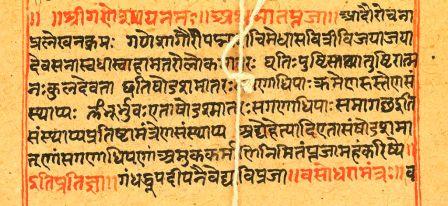
slow twitch muscle fiber (type -1), with respective hatha yoga style. A type of muscle fibre associated with aerobic work. It produces a small force over a long period of time: high resistance to fatigue. It is suited to endurance-based activities, e.g., marathon running. Example, traditional hatha yoga (Sivananda & Iyengar)
How muscles are communicating towards brain.

The motor neurons release a chemical, which is picked up by the muscle fibre. This tells the muscle fibre to contract, which makes the muscles move. Neurons carry messages from the brain via the spinal cord. These messages are carried to the muscles which tell the muscle fibre to contract, which makes the muscles move.
benefits of hatha yoga practices on respiratory system
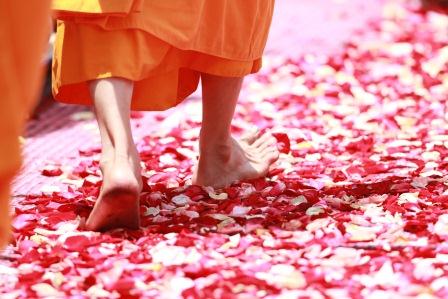
general benefits of hatha yoga practices on respiratory system. Practice of hatha yoga which is a combination of asanas (physical postures) and Pranayama (Yogic breathing exercises) provides a sense of equilibrium to the body, mind and soul and is vital for the smooth functioning of the respiratory system.
Why we should breathe in nose
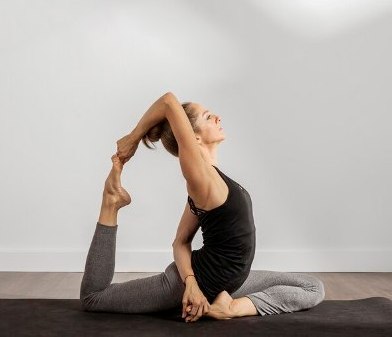
Why we should breathe in nose, why not in mouth. Nose breathing is more beneficial than mouth breathing. Breathing through your nose can help filter out dust and allergens, boost your oxygen uptake, and humidify the air you breathe in. Mouth breathing, on the other hand, can dry out your mouth. This may increase your risk […]
Why we should breathe.

Breathing not only provide your body with necessary oxygen, but it also removes the waste like carbon dioxide. To get rid of carbon dioxide, your blood delivers it to the capillaries surrounding your alveoli. In the alveoli, the carbon dioxide moves into the lungs, where it leaves the body when you exhale.
breathing pattern for twisting asana?

What is the breathing pattern we should adopt for twisting asana? Exhale when twisting asana
breathing pattern for lateral bending asana
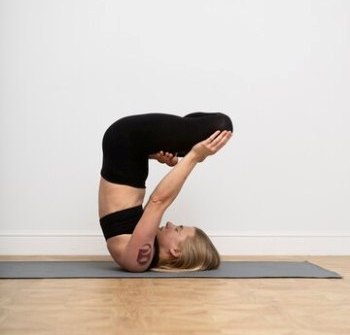
What is the breathing pattern we should adopt for lateral bending asana? Exhale when moving into side bends.
breathing pattern for forward bending asana?

breathing pattern we should adopt for forward bending asana? Exhale when forward bending during asana practice.
Hypoventilation, how you will manage by hatha yoga practices.

Hypoventilation is breathing that is too shallow or too slow to meet the needs of the body. If a person hypoventilates, the body’s carbon dioxide level rises. This causes a buildup of acid and too little oxygen in the blood. A person with hypoventilation might feel sleepy. The kind of breathing generally practiced in most […]
yogic practices to overcome Shallow breathing.
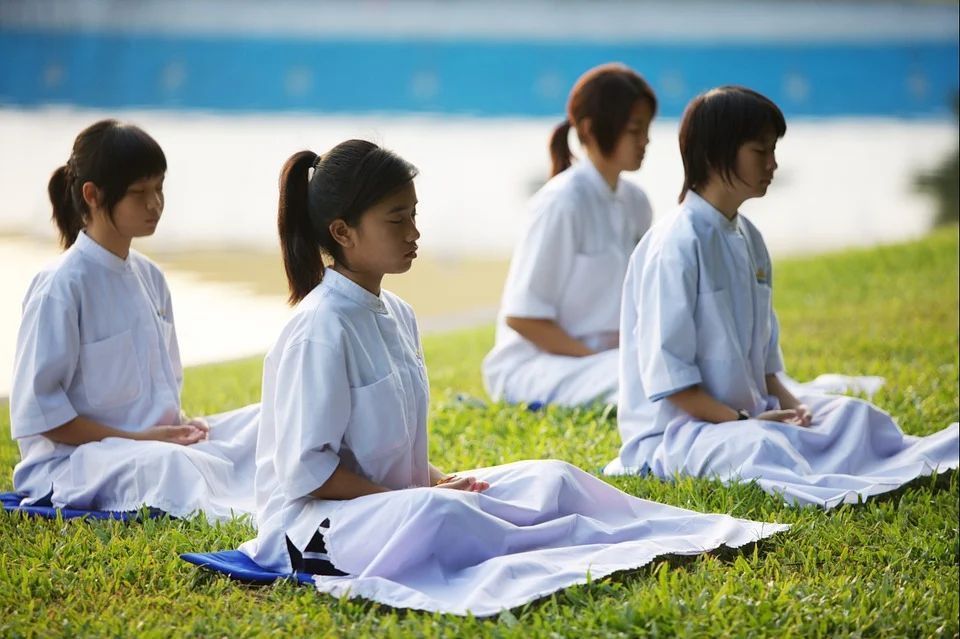
Practices such as Sun salutation, asanas (e.g., bridge pose, …), pranayama (Nadi shodana, kapalabati), conscious effort and mindfulness practices can help to overcome shallow breathing.
